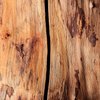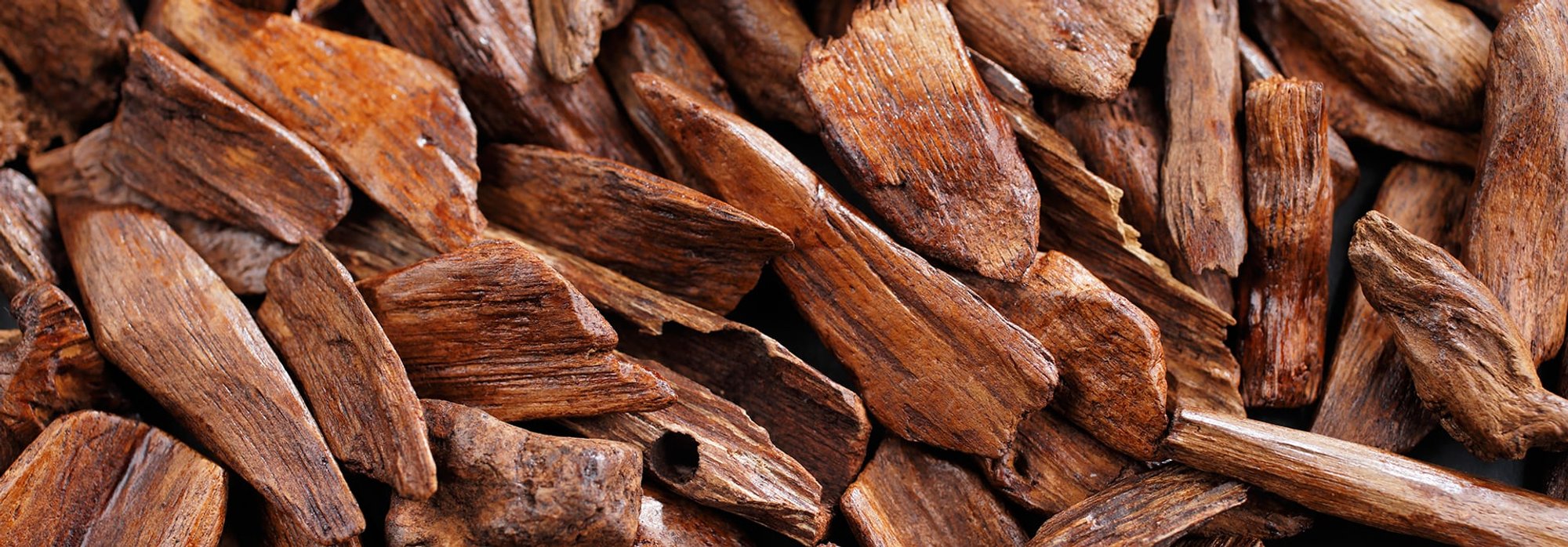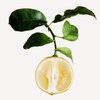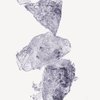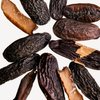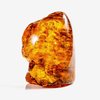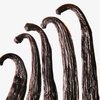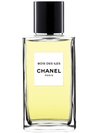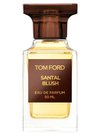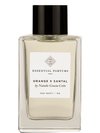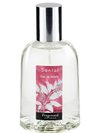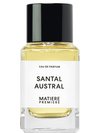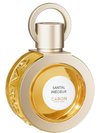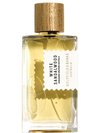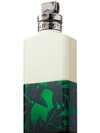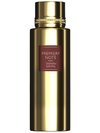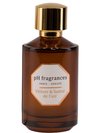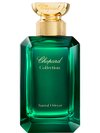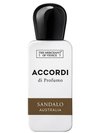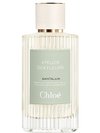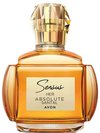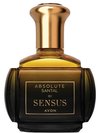Sandalwood (Australia)
Woody, milky, creamy, unctuous, oriental, persistent, warm, pervasive, balsamic, suave, velvety.
A must-have in any perfumer’s arsenal, sandalwood forms the base note of countless fragrance compositions. Its milky, suave facets make for a deliciously blendable fixative that has inspired perfumers for millennia. Australian sandalwood offers a woody and ambery note with a pervasive warmth with a rich spiciness and fresh milkiness.
Rich and lingering, the coveted note of sandalwood has its origins as an evergreen tree with richly fragrant heartwood. While there are many varieties of the sandalwood tree, only a select few make it into the world of perfumery: Santalum album, Santalum spicatum, and Santalum australedonicum. Its essential oil is obtained through a process of distillation after the wood and roots are dried and reduced to chips or powder.
Data sheet
- Type
- Extraction Method
- Used parts
- Natural raw material
- Steam distillation
- Roots and tree core reduced in powder
